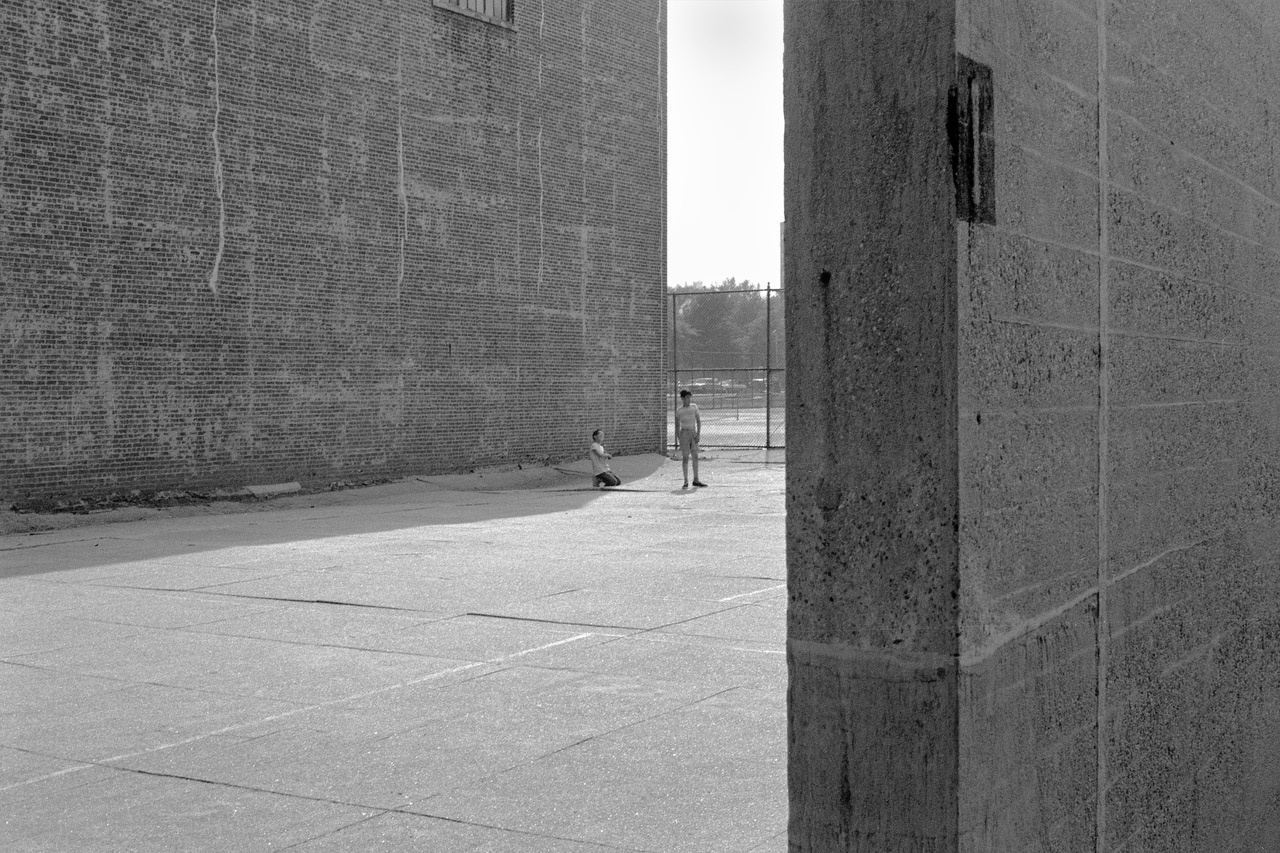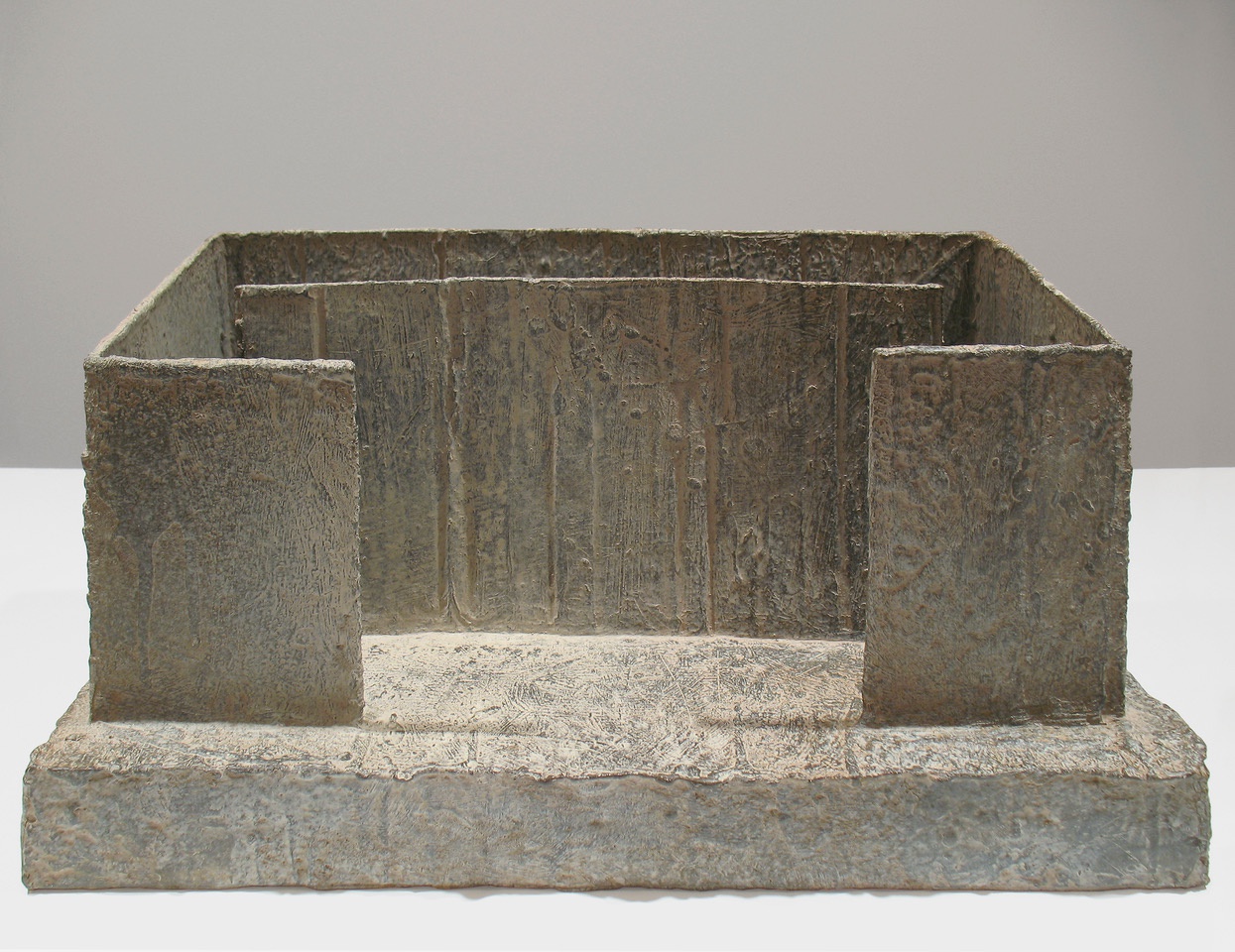“Fleischner’s experience of built form was established in the densely populated, highly determined environment of the Bronx, New York, where he spent his childhood. It was a place in which the unyielding planes of handball or basketball courts defined open, public space, where enclosures circumscribed by chain-link fences and brick walls became the stage for his imagination and first encounters with his own perspective on the world.”
“Through the body’s proportions, he has mediated countless disparate contexts ranging in size from a football field to the palm of his hand, in scope from the public to the deeply personal, and in substance from his early land installations to freestanding sculptures, reliefs, photographs, and gouaches.”
"Negotiating the world from his [...] perspective led to what he has identified as his sustained, greatest singular concern as an artist, 'the definition of boundary of inside/outside,' an inquiry that embraces sculpture and architecture and works to establish a place for the artist and the viewer to occupy."
[1]
[1] Quotes from Jennifer R. Gross, “A Recalibrated Approach,” in Richard Fleischner. Witness Mark, February 12-April 16, 2020, catalogue for an exhibition at the Helwaser Gallery, New York, 2020, p.8-10
Floating Square, “Documenta 6”, Kassel, Germany, 1977, sod and earth, 15 inches x 110 feet square
 Handball Court Walls, 1965, silver gelatin print, 8 x 10 inches
Handball Court Walls, 1965, silver gelatin print, 8 x 10 inches
Enclosure, 2008, cast bronze, 9 1/2 x 18 1/2 x 9 1/2 inches, edition 1/3; 1AP

 Handball Court Walls, 1965, silver gelatin print, 8 x 10 inches
Handball Court Walls, 1965, silver gelatin print, 8 x 10 inches

